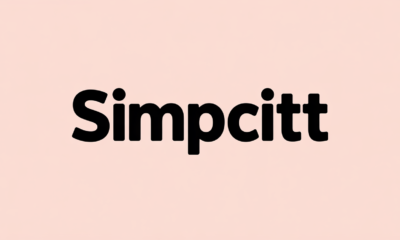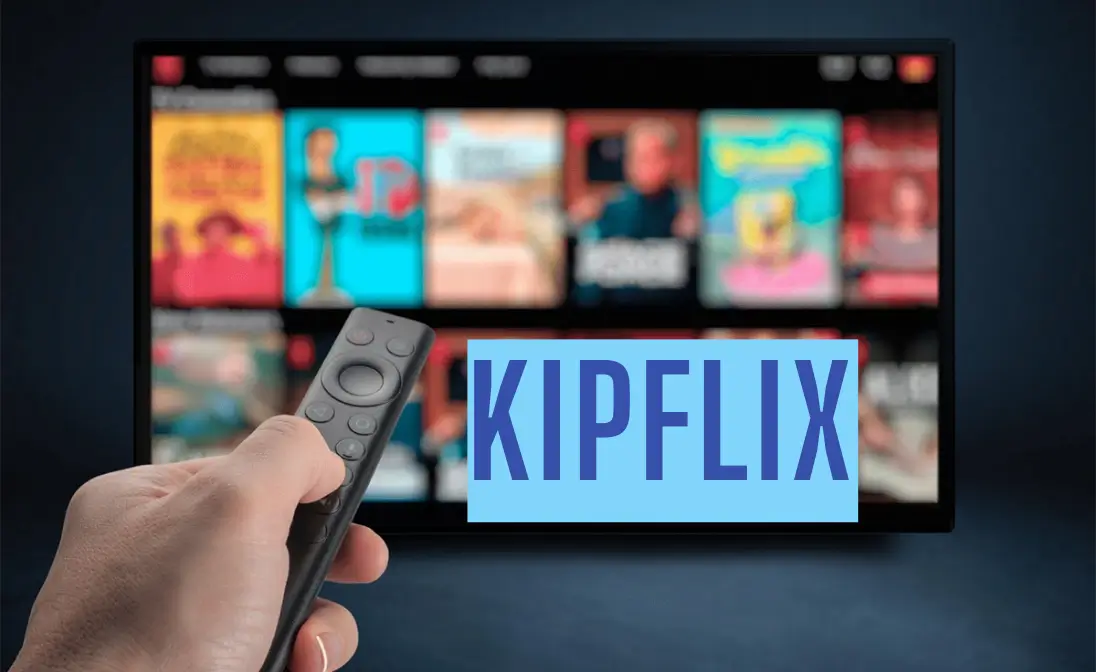In an era where technology is reshaping Studiae every aspect of our lives, education has also seen a massive transformation. From digital classrooms to online learning platforms, technology has made learning more accessible and engaging. But one of the most groundbreaking advancements in the educational sphere is the rise of AI-powered study assistants. Among the leaders in this space is Studiae, an innovative AI study partner designed to help students excel academically in a personalized and efficient way.
Whether you’re a high school student preparing for exams, a university student working on assignments, or even a lifelong learner tackling new subjects, Studiae offers tools that are as advanced as they are intuitive. In this article, we’ll explore how Studiae is revolutionizing the way students study and the features that make it your ultimate AI study partner.
What is Studiae?
Studiae is an AI-driven study companion that provides students with personalized learning experiences, designed to maximize efficiency and understanding. Using advanced machine learning algorithms, natural language processing, and a vast database of knowledge, Studiae tailors its approach to suit each individual’s learning style, helping them tackle subjects and assignments with ease.
Unlike traditional study tools or tutoring services, Studiae is available 24/7, adapting in real-time to the needs of the user. Whether you need help understanding complex concepts, writing essays, or preparing for exams, Studiae is like having a dedicated tutor on standby—anytime, anywhere.
Key Features of Studiae
1. Personalized Learning Pathways
One of the standout features of Studiae is its ability to create personalized learning pathways. When you first start using Studiae, it assesses your strengths and weaknesses across a variety of subjects. Based on your current level of understanding, it then customizes your study sessions to focus on areas where you need the most improvement. This adaptive learning process ensures that you’re not wasting time on content you already understand, allowing you to spend more time mastering the topics that are challenging you.
2. Real-Time Assistance
Studiae isn’t just a static tool. It’s a dynamic partner that provides real-time assistance, whether you’re working through a difficult math problem, writing a research paper, or studying for a history test. You can ask questions, request explanations, or get instant feedback on assignments. Its natural language processing (NLP) capabilities allow it to understand and respond to your queries in a conversational manner, making it feel like you’re interacting with a human tutor.
3. Study Material Recommendations
Studiae offers more than just answers—it provides comprehensive study resources. Based on your learning progress and the subjects you’re working on, Studiae suggests articles, videos, exercises, and practice quizzes that complement your current study materials. Whether you need to dive deeper into a particular topic or explore additional perspectives, Studiae ensures you always have relevant content at your fingertips.
4. Interactive Quizzes & Practice Tests
Studiae helps you reinforce your knowledge with interactive quizzes and practice tests that adapt to your learning progress. These tests are not one-size-fits-all; they are designed to target your weak areas while reinforcing your strengths. You can take as many quizzes as needed, and Studiae provides detailed feedback to help you understand where you went wrong and how to improve.
5. AI-Powered Writing Assistance
For students working on essays, reports, or any type of writing assignments, Studiae offers powerful AI writing assistance. It can help you brainstorm ideas, outline your work, and even check for grammar, spelling, and plagiarism. But what truly sets Studiae apart is its ability to assist with the creative and analytical aspects of writing—guiding you on structuring arguments, refining your thesis statement, and improving your overall writing style.
6. Exam Preparation
Studiae excels in helping students prepare for exams. Whether it’s SATs, GREs, or final exams, Studiae provides comprehensive exam prep materials. It offers mock exams, time management tools, and personalized tips for maximizing performance on test day. The AI analyzes your progress and adjusts the difficulty level of practice questions to ensure you’re always challenged but never overwhelmed.
7. Collaboration Tools
Studiae understands that studying isn’t always a solo endeavor. It offers collaboration tools that allow you to connect with fellow students for group study sessions, share notes, or engage in peer review. By working together with others, you can gain new perspectives, solve problems faster, and ensure a well-rounded understanding of the material.
8. Progress Tracking and Feedback
Another powerful feature of Studiae is its ability to track your academic progress over time. The AI collects data on your study habits, exam performance, and knowledge gaps, providing insightful reports that help you understand your academic journey. With continuous feedback, Studiae ensures you’re on track to achieve your academic goals.
How Studiae Works
Getting started with Studiae is simple and intuitive. After signing up, you’ll be asked to input basic information about your current studies—subjects, academic level, learning preferences, and any specific goals you have (e.g., improving grades, passing an exam, etc.). From there, Studiae creates a customized learning plan just for you.
As you interact with the platform, Studiae learns more about your habits, preferences, and performance, adjusting the content it delivers accordingly. Whether you’re studying for a specific exam or just looking to deepen your understanding of a subject, Studiae is constantly evolving to meet your needs.
Why Choose Studiae?
Studiae isn’t just another AI tool—it’s a comprehensive learning platform that works tirelessly to help students succeed. Here are some key reasons to choose Studiae:
- Customizable Learning: Studiae adapts to your needs and offers a personalized learning experience that evolves as you do.
- 24/7 Availability: You can study anytime, anywhere, with an AI tutor that’s always available to assist.
- Holistic Approach: Studiae covers all aspects of learning, from theoretical understanding to practical application and exam preparation.
- Effective Time Management: With personalized study schedules and progress tracking, Studiae helps you manage your time effectively.
- Comprehensive Resources: From study guides and video lectures to quizzes and writing assistance, Studiae provides a wealth of tools to support your learning.
The Future of Education: AI-Powered Learning
As AI continues to advance, tools like Studiae are setting the stage for the future of education. The blend of personalized learning, real-time feedback, and adaptive technology makes Studiae a unique and indispensable resource for today’s learners. With its ability to support students in all stages of their academic journey, Studiae is positioning itself as the ultimate AI study partner for learners everywhere.
Whether you’re struggling to understand a concept or preparing for the most important exam of your life, Studiae is the intelligent, reliable, and ever-present study companion you’ve been waiting for. Embrace the future of education and make Studiae your trusted study partner today.
About the Author
Studiae is an innovative AI platform developed by a team of educators, engineers, and technologists committed to making learning more personalized, accessible, and efficient. Their mission is to harness the power of AI to create intelligent study partners that guide students toward success in their academic endeavors.

 Blog7 months ago
Blog7 months ago
 Entertainment7 months ago
Entertainment7 months ago
 Technology3 months ago
Technology3 months ago
 News7 months ago
News7 months ago
 Blog7 months ago
Blog7 months ago
 Blog7 months ago
Blog7 months ago
 Technology7 months ago
Technology7 months ago
 Blog7 months ago
Blog7 months ago




